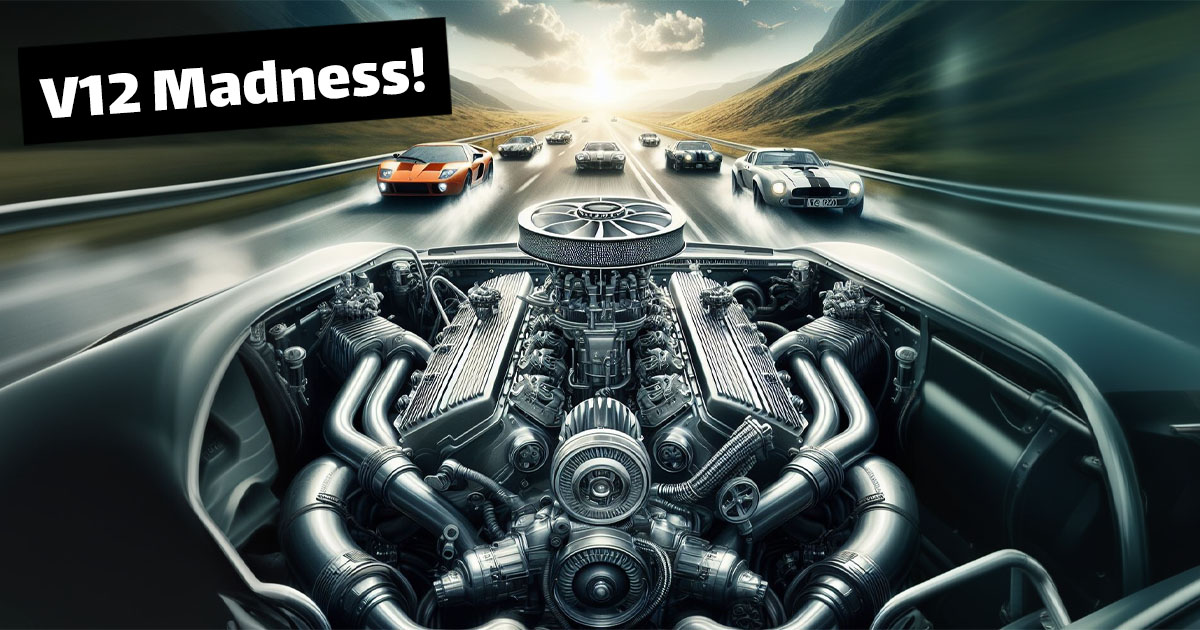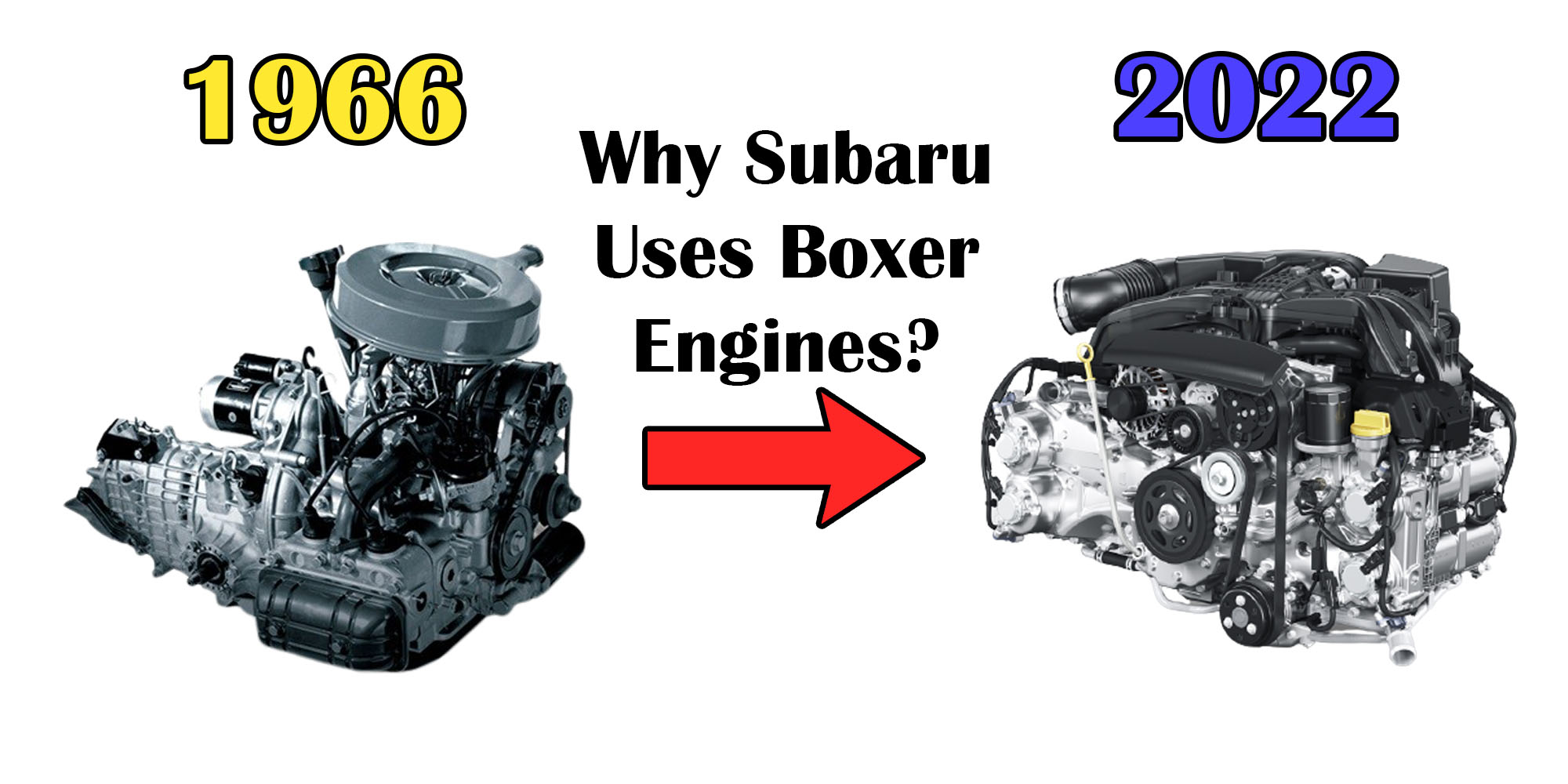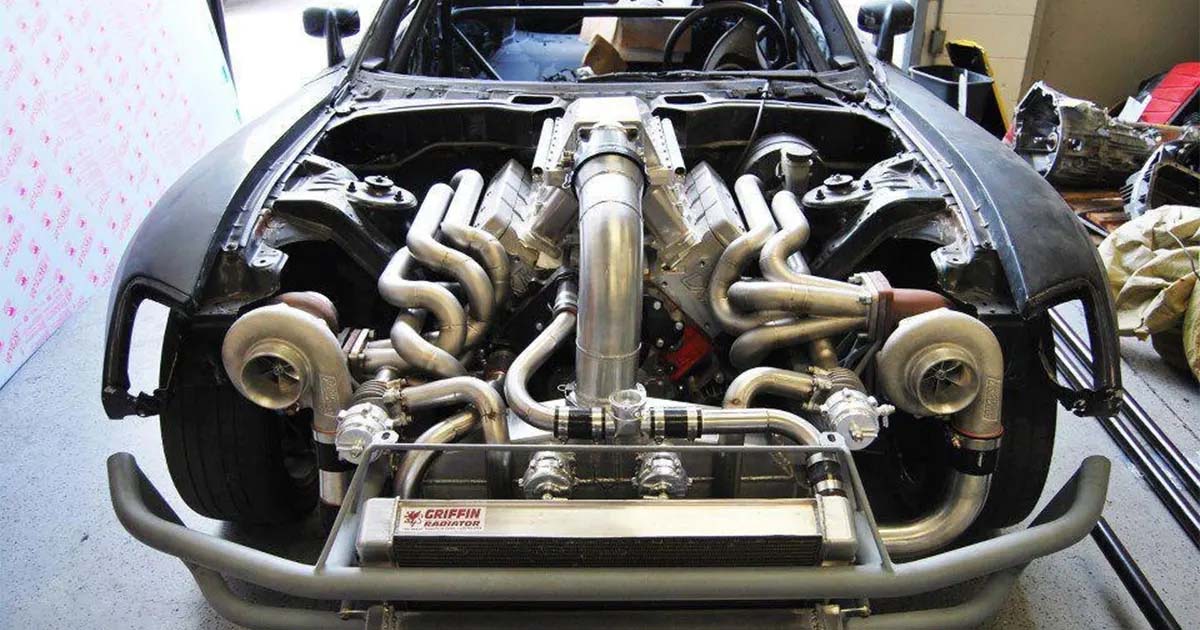
Engines have changed too much throughout history. From 1 cylinder to 16 cylinders, cars were produced with various engines, and companies always tried to have the top engine this year.
But some engines was remarkable and unbelievable! Some automotive companies’ engines were unusual to the public that even after many years have passed, we still remember these bizarre engines!
Engine number 6 was something completely out of the box!
Here is a list of the craziest engines ever made:
1- Cizeta V16T
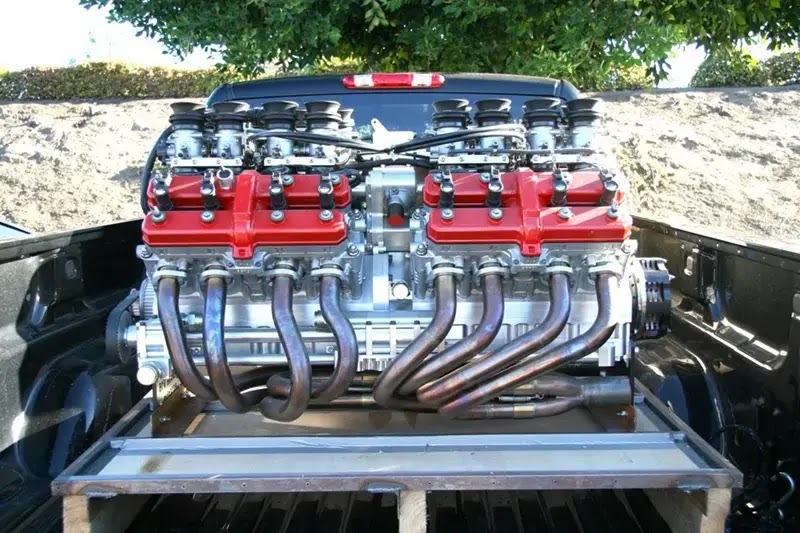
Just a few of these Cizeta V16T supercars are made, and they all have the same engine.
Here is the engine specs:
- Engine type: 6.0 L Lamborghini design V16
- Transmission: 5-speed manual
- Block: Single aluminum cylinder block
- Configuration: 90° DOHC flat-plane two V8s
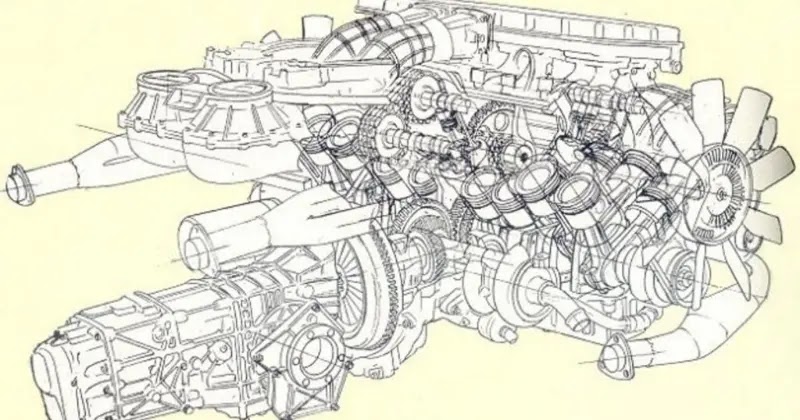
The Ciz’s 560-horsepower engine isn’t a real V-16. If you look at the firing sequence and construction, they are just two flat-plane V-8s sharing a single block and connected by a central timing case.
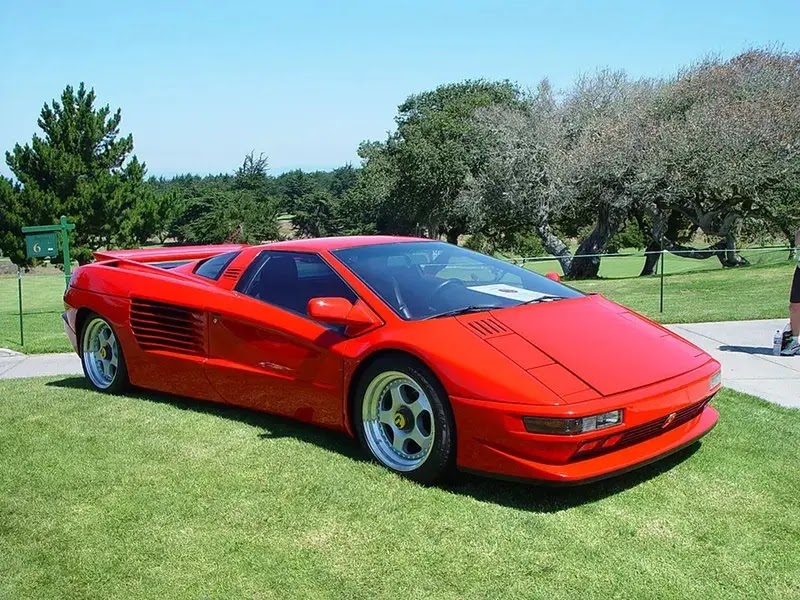
However, this does not make it any less bizarre. Because the engine is transversely positioned, power is routed through a rear-mounted transaxle through a central shaft. Only a few of Cizetas have ever been sold. There is no way of knowing for sure. However, one of them has been spotted in Los Angeles on occasion, when its owner revved it to the limit until customs officers seized it in 2009.
2- British Racing Motors H-16
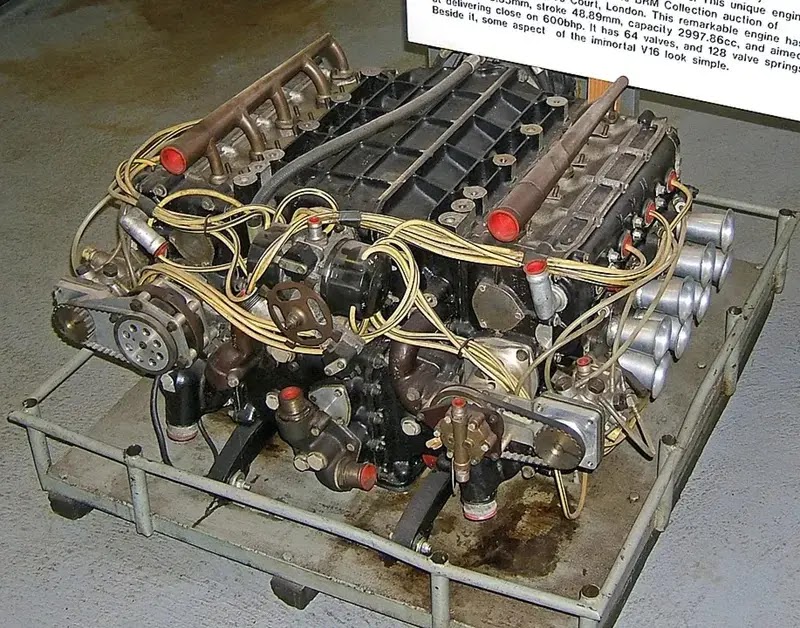
If mentioning a racing engine opens up an automotive Pandora’s box, the BRM H-16 is just too unusual to ignore. Tony Rudd designed this engine based on the previous 16 valve 1.5 liter V8 engine.
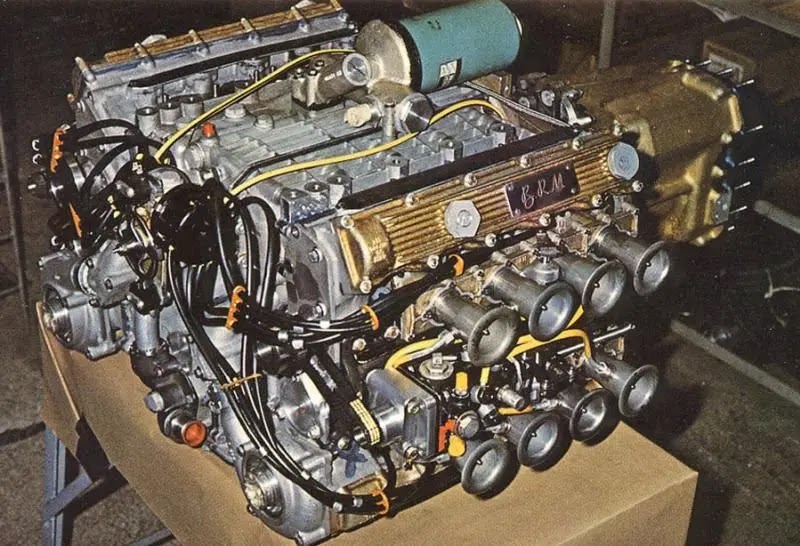
Here is the engine specs:
- Engine type: 32 valve 3 liter H16
- Transmission: 6-speed manual
- Configuration: Two flat 8s
- Weight: 400 lb
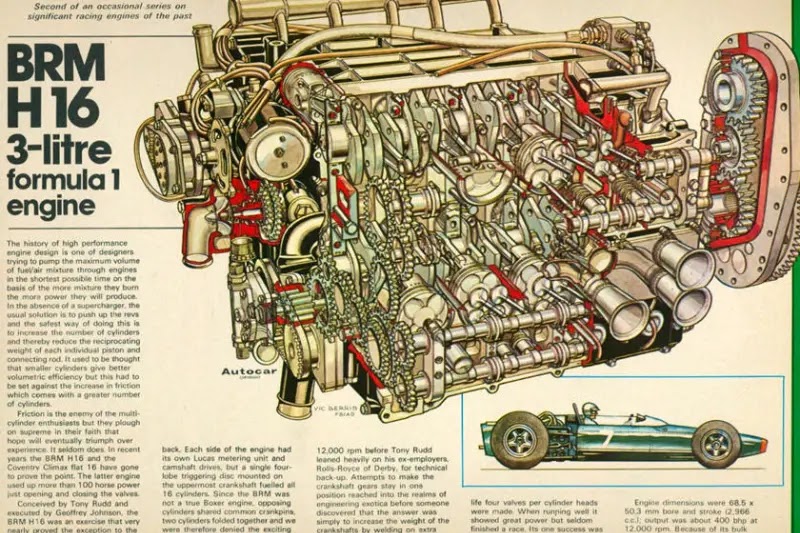
BRM’s 3.0-liter, 32-valve H-16 engine, was effectively two flat-eights doing a horizontal bop.
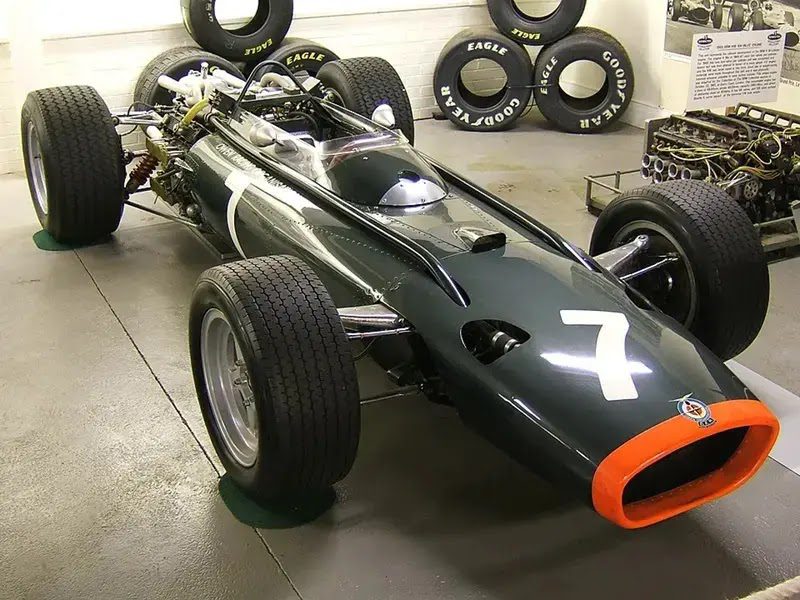
It had a maximum power output of 400 horsepower but was limited by its size, weight, and dependability issues. Only one driver, Jim Clark, drove the engine to victory in Formula One.
3- Adams-Farwell Rotary Engine
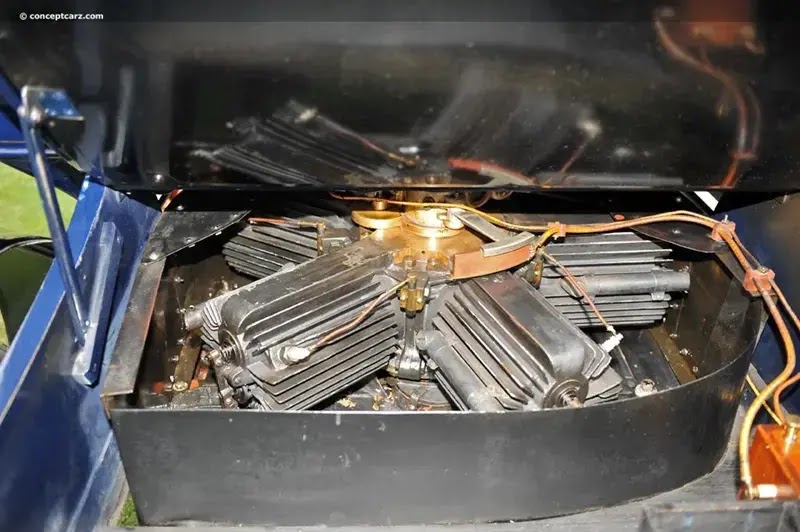
This engine is unique, even in the field of ridiculous technical concepts. There is a rotary motor concept in the Adams-Farwell engine. The engine has cylinders and pistons clustered around a centrally positioned crankshaft.
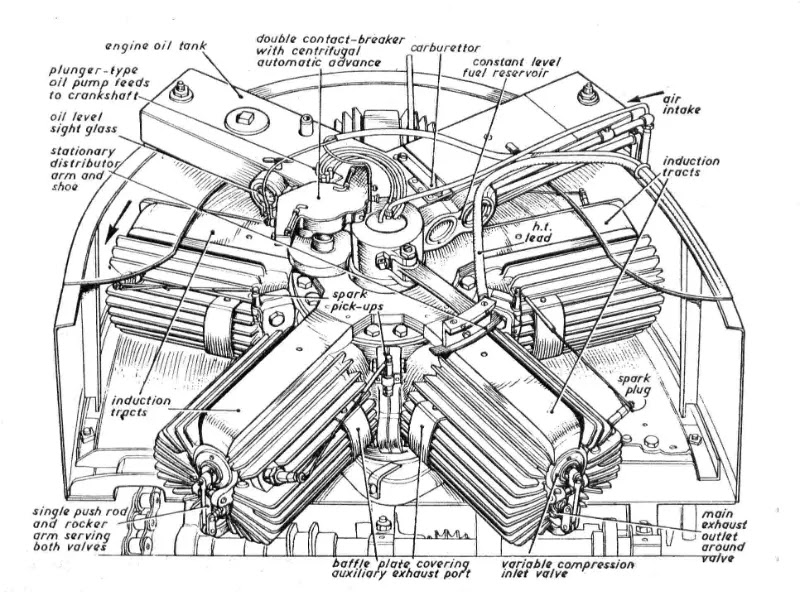
Smooth functioning and the absence of reciprocating motions are two advantages of this technology. When the engine is running, the radially organized cylinders operate as flywheels and are air-cooled.
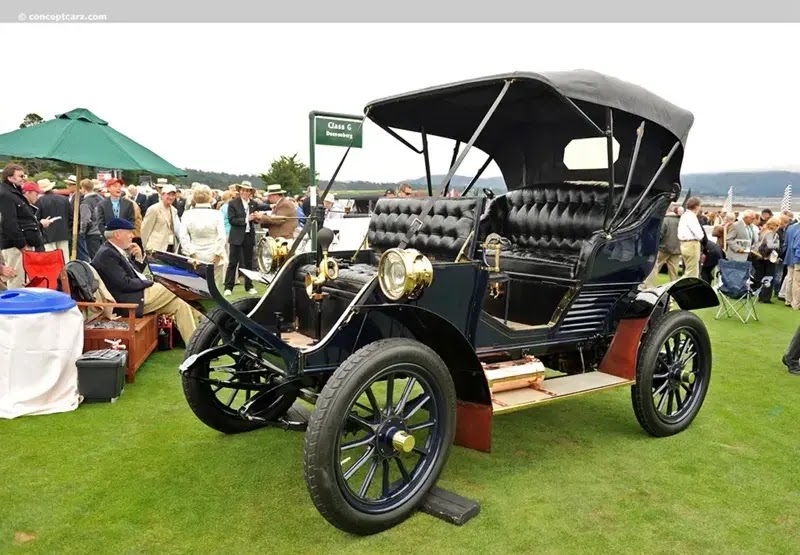
The 4.3-liter, three-cylinder engine is extremely light for its period, weighing less than 100 kg. Despite their popularity in aviation, these internal combustion engines were also seen in certain motorbikes and cars. One of the drawbacks is the inability to discharge oil from the engine because centrifugal force in the crankcase makes lubrication problematic.
4- Honda NR750 Engine
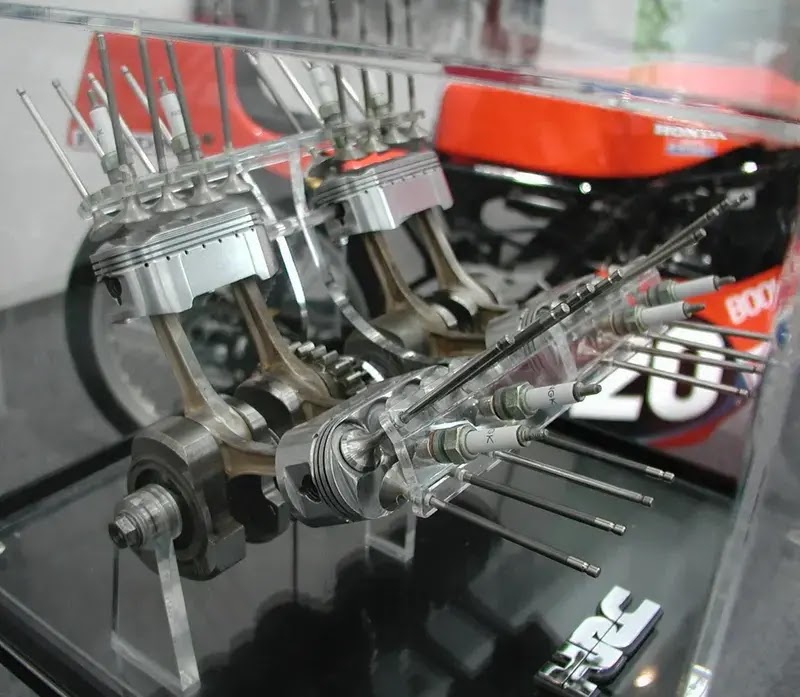
In recent times, racers are racing against the regulations, not against one other. Honda sought to introduce a four-stroke engine to Grand Prix racing in the early 1990s when it was dominated by two-strokes. To be more precise, a four-stroke V-8 is housed inside of a motorbike chassis. However, here’s the catch: Only four combustion chambers were allowed according to the regulation.
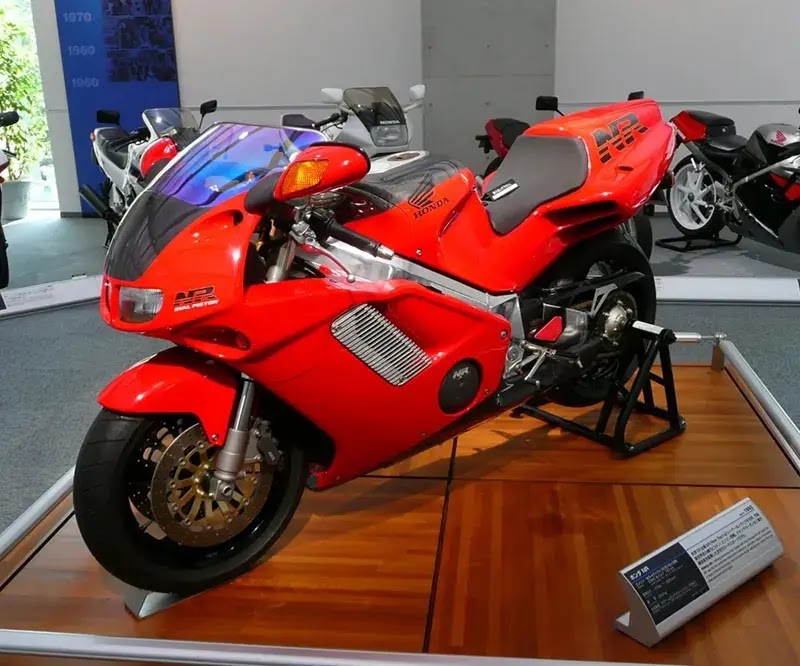
As a result, Honda chose an innovative approach, combining the eight cylinders into four oval ones. The bore and stroke dimensions of 101.2 mm x 50.6 mm x 42 mm resulted in a total displacement of 748 cc. Two connecting rods supported each oval piston.
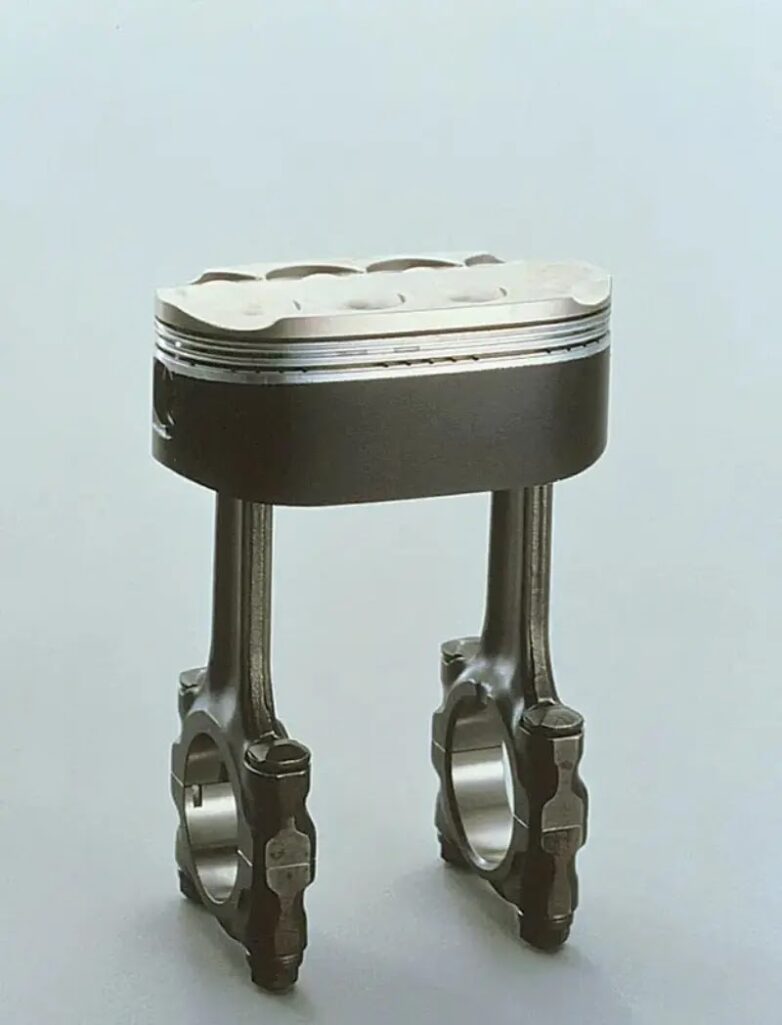
Here is the engine specs:
- Engine type: Four-stroke, V-4 oval cylinder, DOHC, liquid cooled
- Engine displacement: 748.00 cm3(45.64 cubic inches)
- Transmission: 6-speed manual
- Maximum power: 125.00 HP @ 14000 RPM
- Top Speed: 263.0 km/h (163.4 mph)
More about this engine read: Why did Honda make the 2-in-1 Oval Pistons?
5- Commer / Rootes TS3
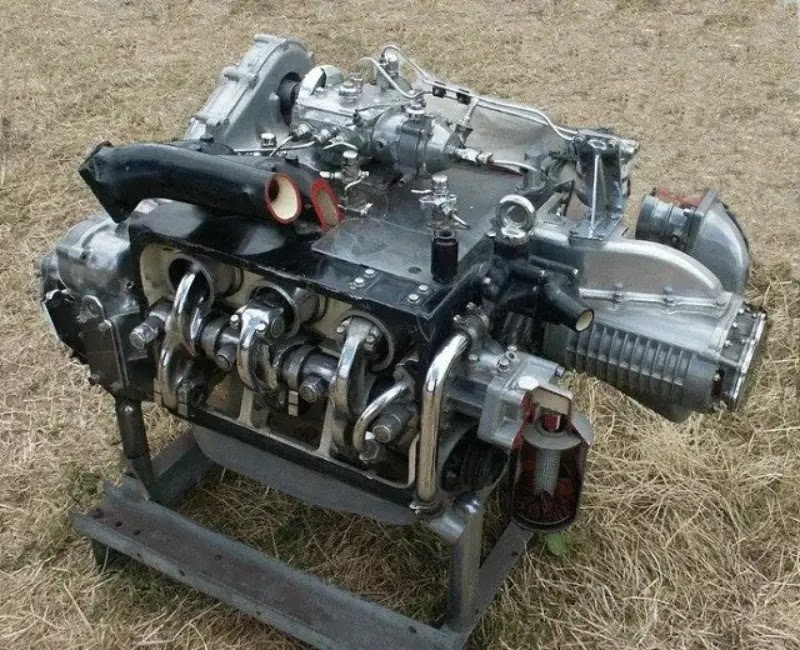
Although the engine has an odd name, it’s far odder than that. Unlike most opposed-piston engines, which have two pistons with their heads facing one other, the 3.3-liter Commer TS3 had a single crankshaft and is a three-cylinder, two-stroke diesel with a supercharger. This monster was invented by the Rootes Group to help power its Commer-branded delivery trucks.
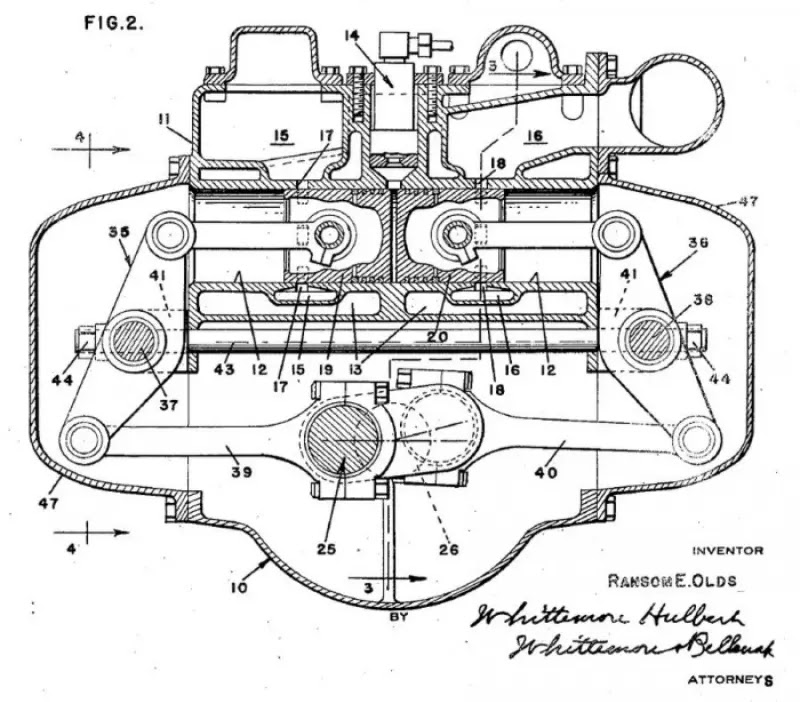
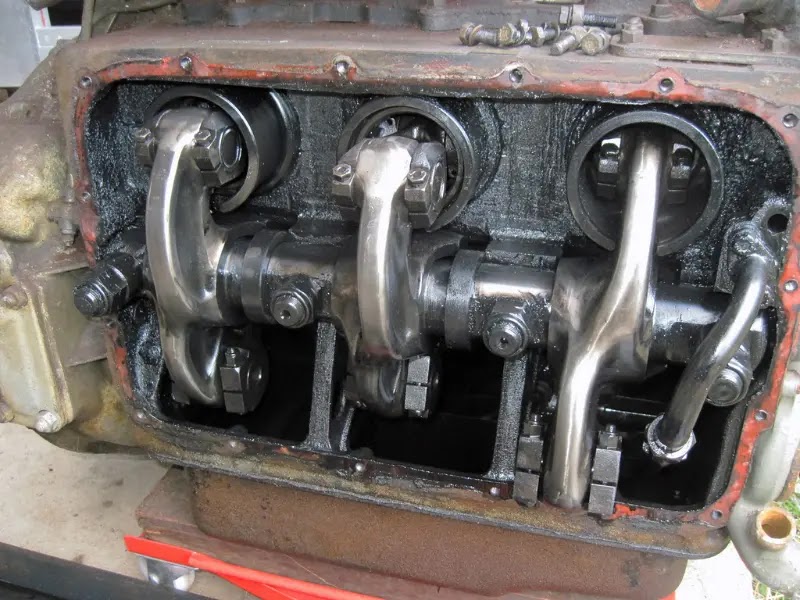
Here is the engine specs:
- Engine type: Three-cylinder, six-piston opposed piston engine
- Engine displacement: 3.261 litres (200 cu in)
- Transmission: 6-speed manual
- Maximum power: 105 HP @ at 2,400 RPM
- Torque: 270 lb.ft @ 1,200 RPM
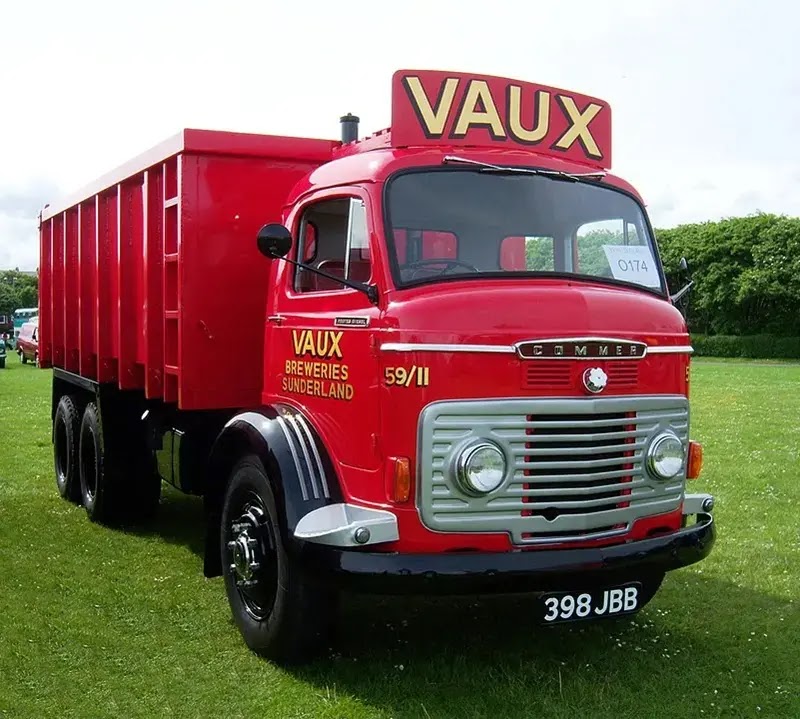
While the TS3 had short connecting-rod rocker arms, it had more power than many bigger diesel engines at the time.
6- Chrysler Turbine Engine
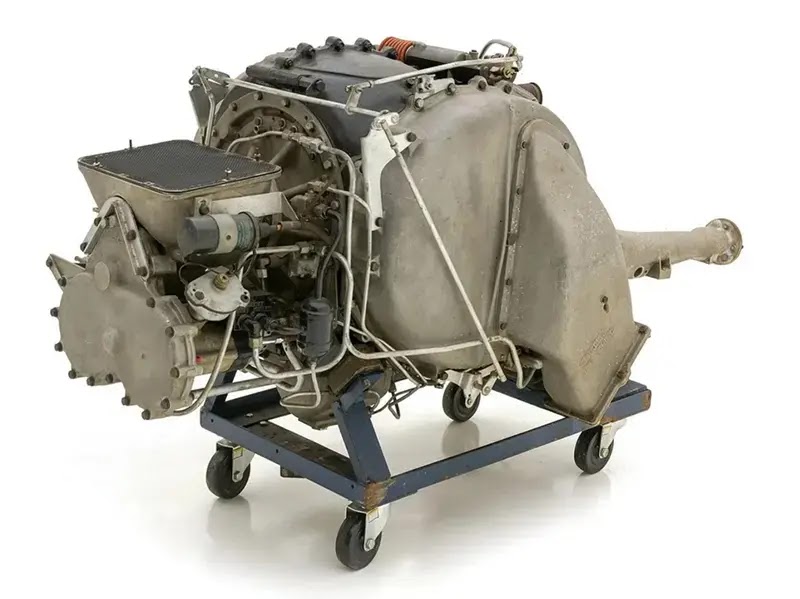
It’s unbelievable that Chrysler once considered using a turbine engine in a street vehicle. A midsize, two-door chassis would be fitted with Chrysler’s fourth-generation gas turbine engine. Nothing had changed since the year 1963. Thus there was nothing to fear.
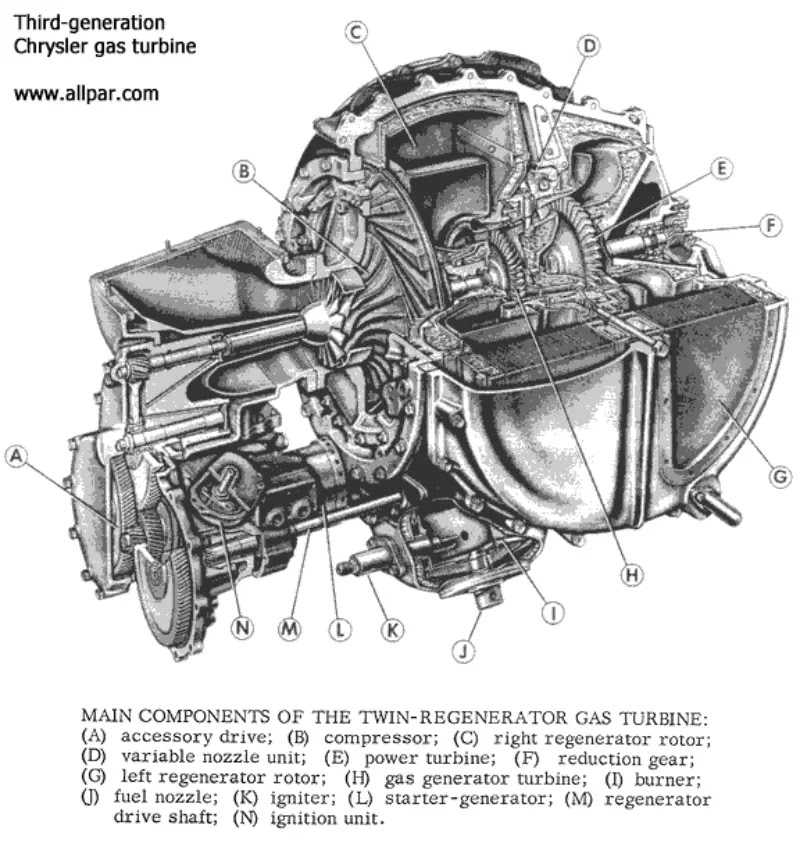
Here is the engine specs:
- Engine type: Chrysler A-831 gas turbine
- Transmission: 3-speed Automatic
- Weight: 410 lb (186 kg)
- Maximum power: 130 HP @ 36,000 RPM
- Torque: 425 lb⋅ft (576 N⋅m)
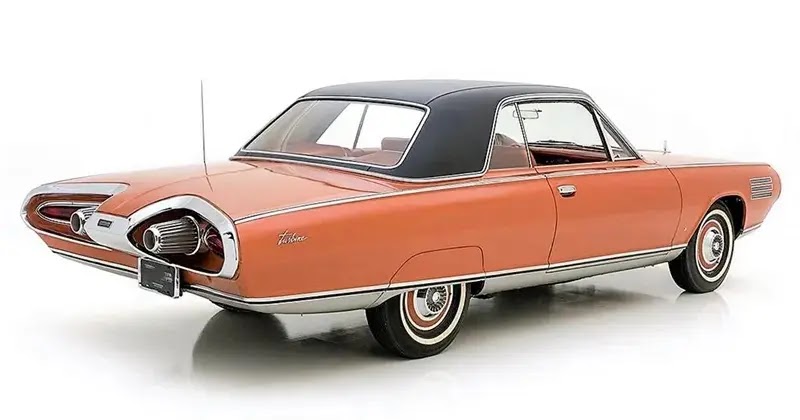
To put it another way, with just 130 horsepower and 425 pound-feet of torque, the automatic transmission’s output was grossly insufficient. This was due to the fact that a torque converter was unnecessary in this case. In the end, Chrysler trashed 46 of the 55 vehicles it had built as a result of abandoning the concept. Museums have most of the nine survivors.
7- Oldsmobile Jetfire Engine
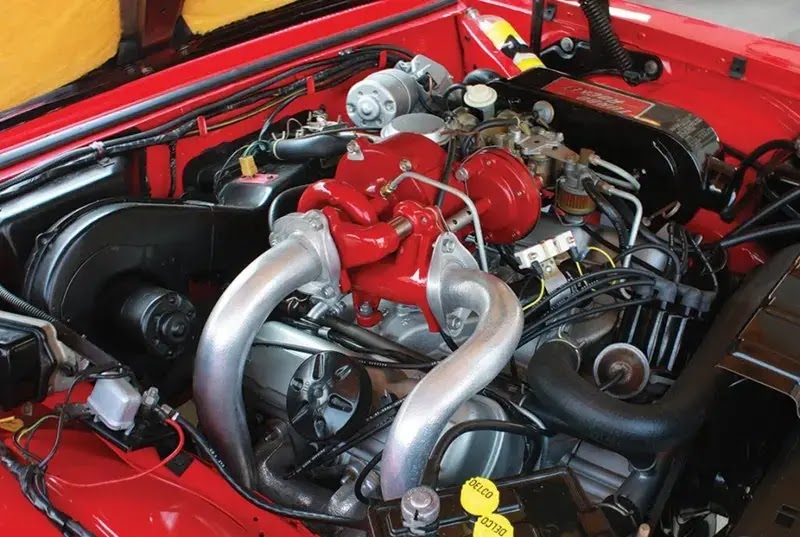
Oldsmobile produced the Jetfire in the early 1960s, which had a turbocharger and a boost gauge for monitoring spinning speeds. When compared to today’s turbocharged hot hatchbacks, the car may not have been a powerhouse. Still, it did set a lot of automotive industry records for engine innovations.
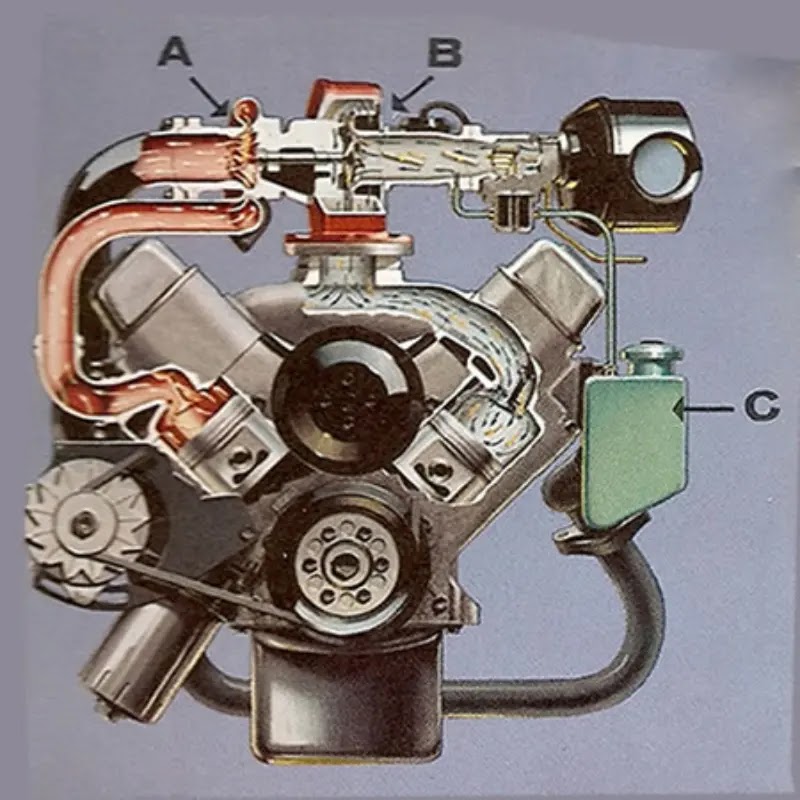
Here is the engine specs:
- Engine type: GM turbocharged petrol V8 3.5 liter
- Engine displacement: 3531 cc (215.475 cu in)
- Transmission: 3-speed Automatic
- Maximum power: 215 HP @ 4600 RPM
- Maximum Torque: 407 Nm (300 ft·lb) @ 3200 RPM
- Top Speed: 172 km/h (107 mph)
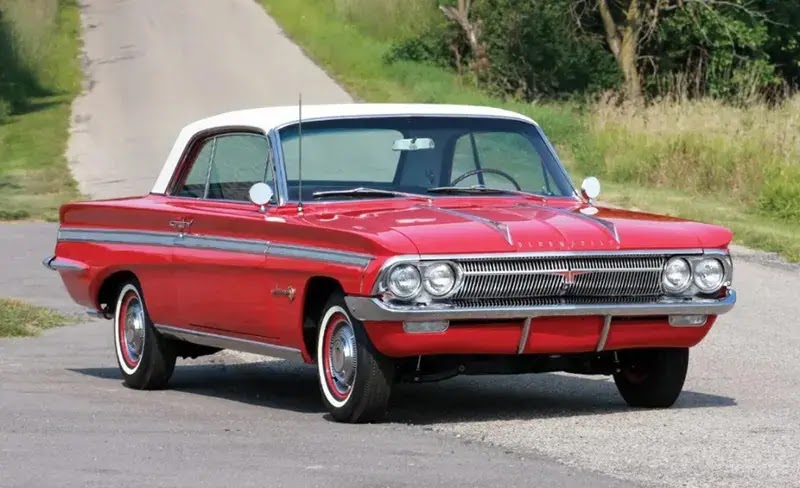
When it came to cooling the turbocharged engine’s intake manifold, General Motors employed “Turbo-Rocket Fluid,” a mix of distilled water and methanol alcohol infusion that was decades ahead of its time. It was discontinued quickly for more typical naturally aspirated V8 designs because of technical problems with the turbocharger system and customers forgetting to replace their “Turbo-Rocket Fluid” reservoirs.
8- Two-Cylinder Boxer Panhard Engine
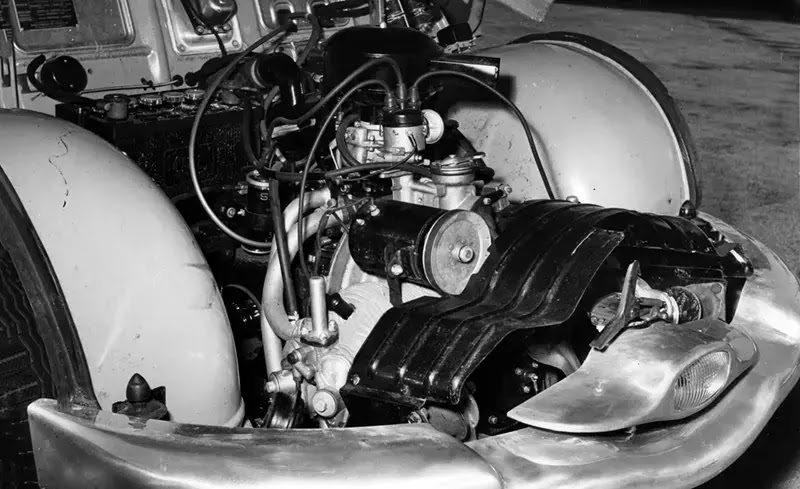
One of the world’s first and most intriguing vehicle companies, Panhard, was established in 1887. In addition to the steering wheel, this business developed one of the most unique engines ever manufactured after World War II, including jet thrusts in the suspension.
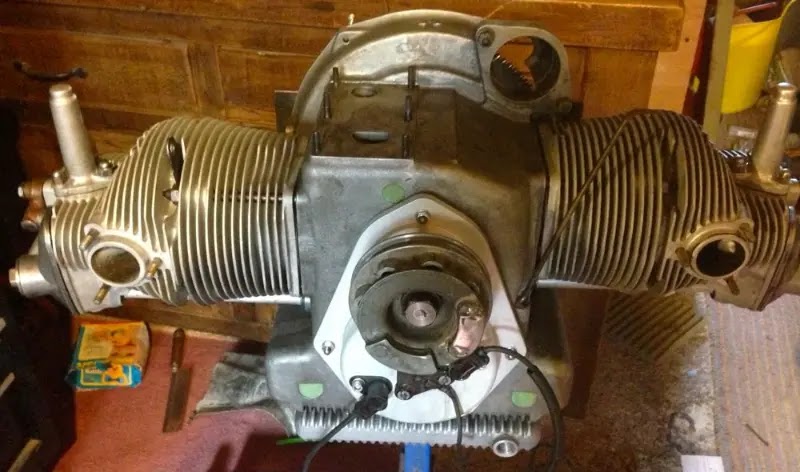
Here is the engine specs:
- Engine type: Two-cylinder boxer engine
- Engine displacement: 848 cc (52 cu in)
- Transmission: 4-speed manual
- Maximum power: 60 HP @ 5750 RPM
- Top Speed: 150 km/h (93 mph)
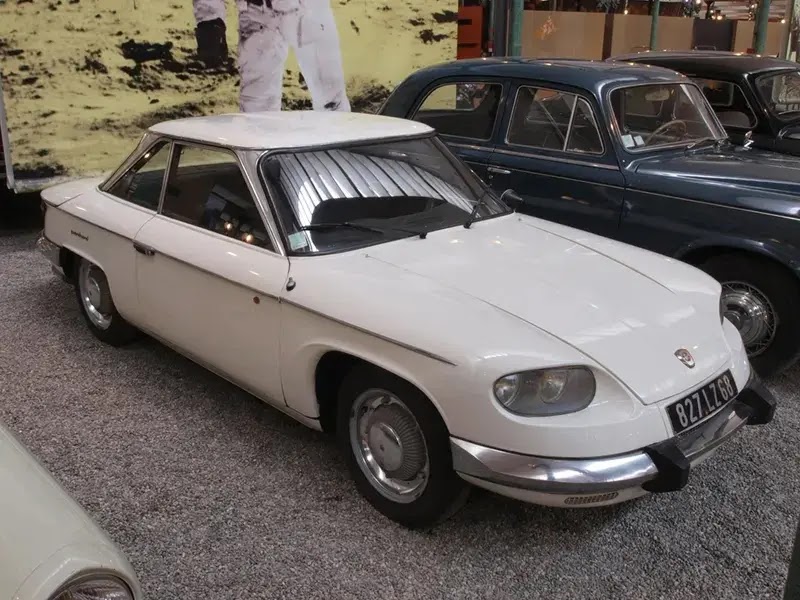
The engine had two horizontal cylinders on either side of the crankshaft, making it a two-cylinder flat engine. The boxer engine is today’s name for this engine. French engineers gave the air-cooled engine several innovative additions, such as exhaust pipes that doubled as fasteners in some variants.
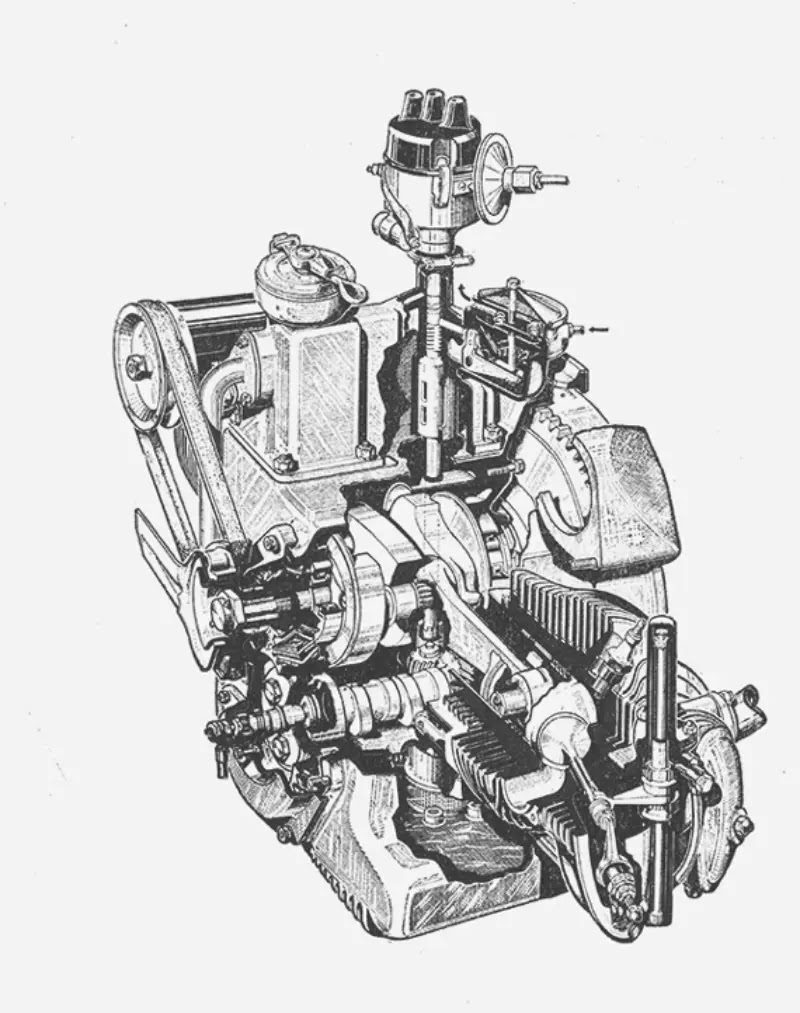
The engine had various variants, ranging from 610 to 850 cc in displacement, and produced 42 to 60 horsepower. This engine actually won its class in 24 hours of Le Mans and retained second place in the Monte Carlo rally. They were highly regarded by the engine’s owners for being both beautiful and cost-effective.
9- Eisenhuth Compound
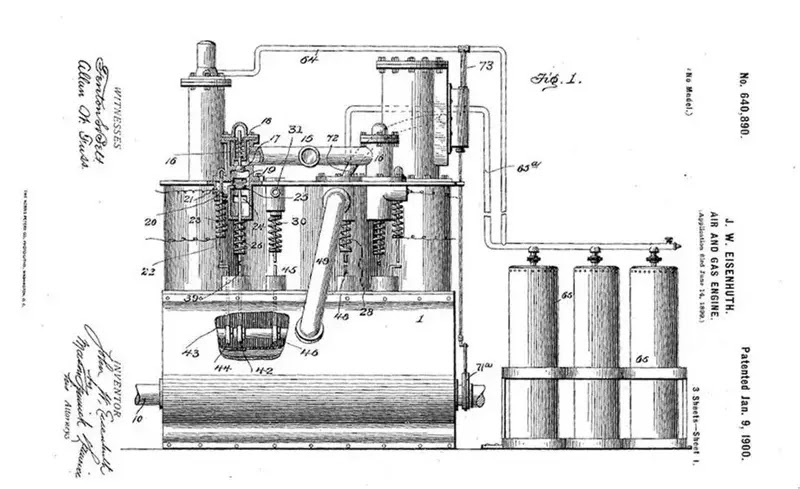
A New Yorker named John Eisenhuth founded the Eisenhuth Horseless Vehicle Company in Connecticut, claiming to have created the gasoline engine. His 1904–07 Compound engine models had a three-cylinder inline engine with two unignited, “dead” outside cylinders that powered the center cylinder with their exhaust gases; the central cylinder produced the engine’s power output.
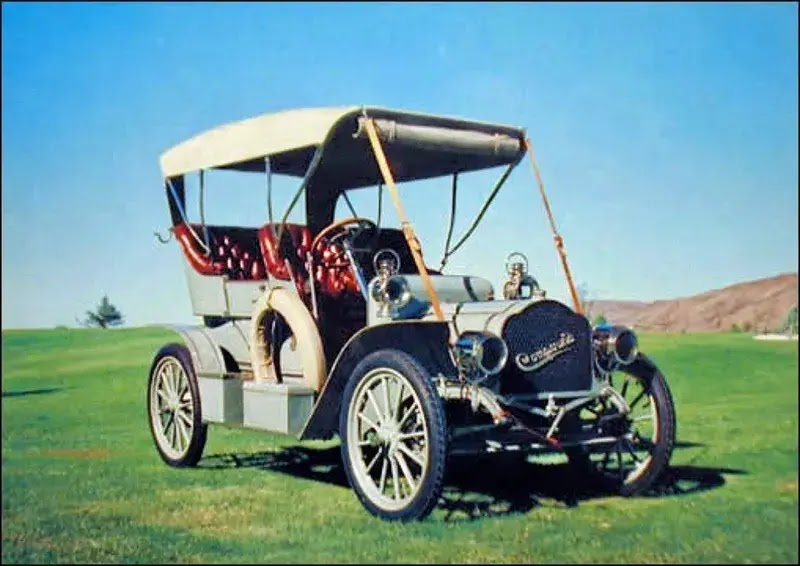
The 7.5-inch bore outer cylinders were massive, but the interior 12-inch diameter cylinder was much bigger. Compared to a normal engine of the same capacity, Eisenhuth claimed a 47 percent boost in fuel efficiency. In 1907, he also declared bankruptcy. It all makes sense now, doesn’t it?
10- Tatra air-cooled V-8
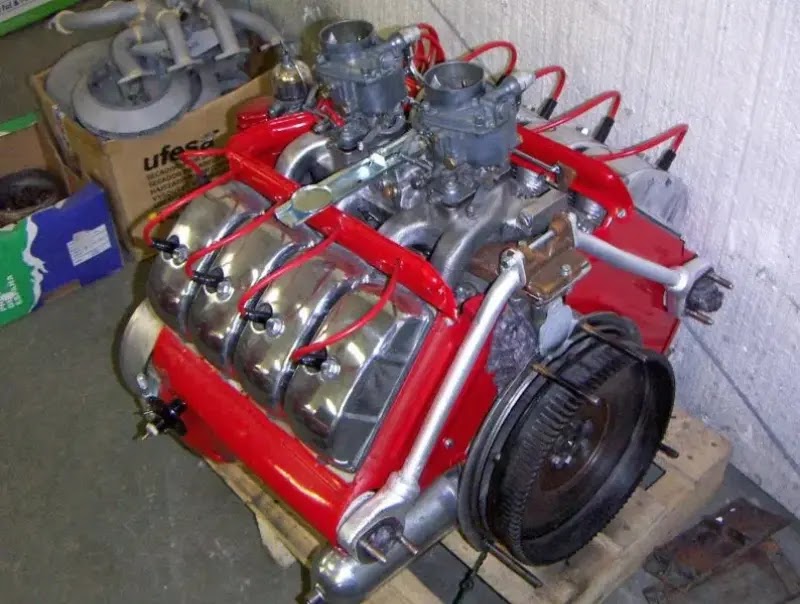
Tatra is one of the all-time greats when it comes to doing something before it was hip. A rear-engine, streamlined automobile with a V-8 engine was created in 1937. Still, it was used in endurance races only a year later. The three-liter V-8 under the sloping rear sheet metal is our emphasis here.
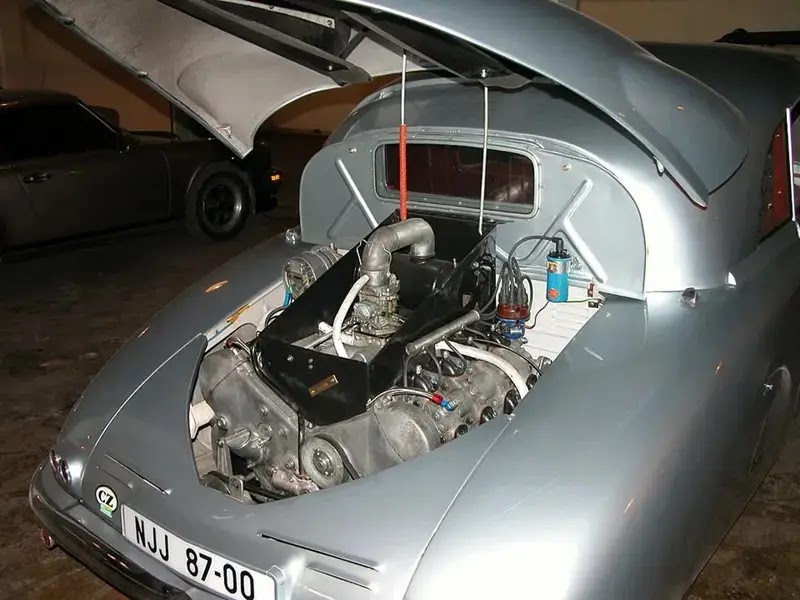
The combustion chambers of this engine were hemispherical, and it was air-cooled. The engine’s 75 horsepower was comparable to that of the Ford Flathead V-8 at the time. Considering its success, the Czechoslovakian carmaker believed it had a winning formula and continued to produce the V-8 until 1975. The final version of the engine had 166 horsepower, which was more than the L48-equipped Corvette had.

